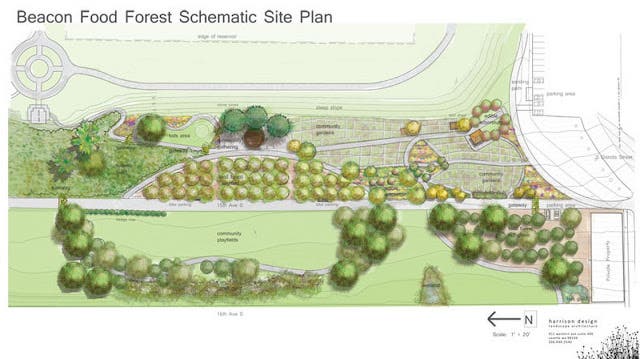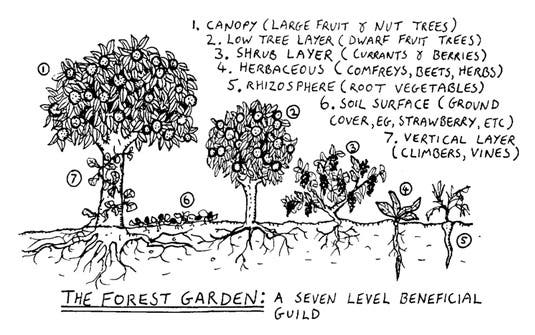Forget meadows. Forget grass. Forget sterile, monotone parks with no plant diversity. Seattle’s vision of an urban oasis is becoming more and more a reality: a seven-acre plot of land will be covered with hundreds of different kinds of edible plants: walnut and chestnut trees, blueberry and raspberry shrubs, apples, pears, yuzu citrus, guava, persimmons, honeyberries, herbs, and many, many more. I have just one question now… why hasn’t this been done before ?!
“This is totally innovative, and has never been done before in a public park,” Margarett Harrison, lead landscape architect for the Beacon Food Forest project, tells ZME Science. Harrison is working on construction and permit drawings now and expects to break ground this summer.
The concept of a food forest, which will be available for anyone and everyone is not only very pleasant and useful for the people, but it is very sustainable, much like a forest is in the wild. You just have to be careful when designing this ecosystem and not mess anything up – because it’s not just about the plants. You have to craft the relationships which occur in nature, like bees pollinating, ants, birds eating the insects, and many more:
“The concept means we consider the soils, companion plants, insects, bugs—everything will be mutually beneficial to each other,” says Harrison.
I’m just sold! But it gets even better: they asked for permission and the voluntary help of the people in the neighborhood. They valued their input so much, that not only were flyers planted at every single household, but they were also translated into the native language of each inhabitant; and this is very good, because after all, who will benefit the most from this initiative?
“Anyone and everyone,” says Harrison. “There was major discussion about it. People worried, ‘What if someone comes and takes all the blueberries?’ That could very well happen, but maybe someone needed those blueberries. We look at it this way—if we have none at the end of blueberry season, then it means we’re successful.”
Via TakePart











